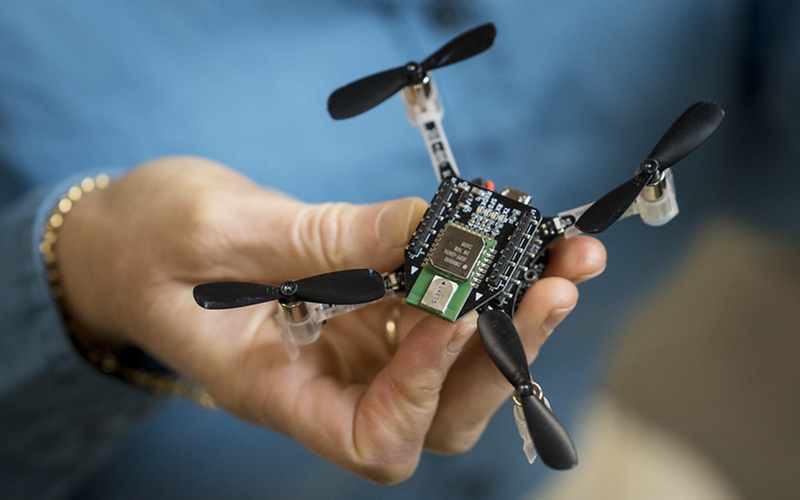Research at Oregon State University has demonstrated that over 100 autonomous robots, both ground and aerial, can be managed by a single individual without causing excessive stress or workload. This advancement marks significant progress in the practical and cost-effective deployment of robot swarms for various applications, including firefighting in wildlands, delivering packages, and responding to disasters in urban settings.
Julie A. Adams from the OSU College of Engineering highlighted the potential for delivery drones, noting, “While delivery drones are not yet commonplace in the United States, their deployment at scale is being explored in other countries. Managing a large fleet of these drones by a single person could transform the business model, and our research is paving the way for this future.”
Published in Field Robotics, this research was part of the Defence Advanced Research Project Agency’s OFFSET program, aiming to enhance swarm-enabled tactics. Adams, who received an OFFSET grant in 2017, contributed to developing a system that allows up to 250 autonomous vehicles, including multi-rotor drones and ground rovers, to operate in urban “concrete canyons” where traditional communication is obstructed.
The project aimed to create an infrastructure that supports the autonomous coordination of these swarms, improving safety for both military personnel and civilians during urban operations. As Adams explained, “We had to integrate off-the-shelf technologies with newly developed autonomy and a user interface for the swarm commander. This enabled a single individual to effectively deploy and manage these systems.”
The research team, in collaboration with Smart Information Flow Technologies, developed a virtual reality interface, I3, which facilitates the control of the swarm with high-level commands, similar to how a quarterback directs a football team. This approach allowed for efficient management of the swarm, even in complex urban environments.
Field tests at Department of Defence training facilities confirmed the feasibility of this system, with commanders successfully directing over 100 vehicles under varying conditions. Despite brief periods of high workload, the use of physiological sensors and workload estimation algorithms confirmed that the missions could be accomplished without overwhelming the operator.
This breakthrough suggests a promising future for the use of autonomous robot swarms in a variety of critical and commercial applications, demonstrating a significant step forward in our ability to leverage technology for complex tasks.




